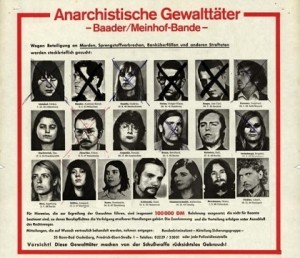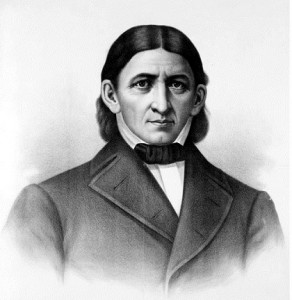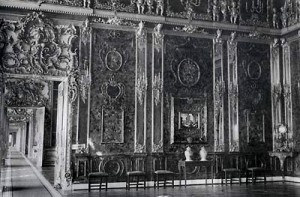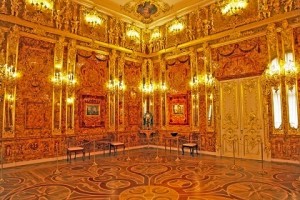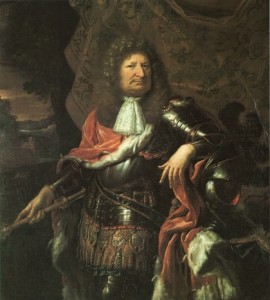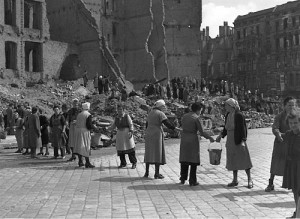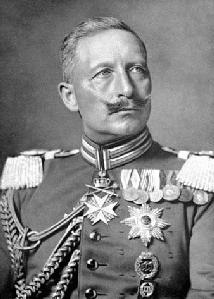During the years of 1968-1977 Germany lived in fear. Three terrorist groups - the Red Army Faction (RAF), Movement 2 June, and the Revolutionary Cells (RZ) - gathered about a hundred Germans as their members. The Baader-Meinhof Gang, who called themselves the Red Army Faction, and two other terrorist groups went killing dozens of people. In 1968 … [Read more...]
Who Invented Kindergarten?
For many people a kindergarten is associated with • a nursery school equipped with toys, building blocks, book puzzles, art supplies, and an outdoor playground; • day care attendance for the children of working parents; • an institution for early childhood development at the same time. Its aim is to bring up self-confident and social personalities … [Read more...]
The Amber Room Reconstruction
In the early 1980s, serious work on recreating the Amber Room based on old photographs and reminiscences was undertaken in the Catherine Palace, but the lack of funds threatened to put an end to the works. The process was left to the fate, but it seemed to be merciful to the Amber Room's re-creators. Ruhrgas AG, Essen, Germany, made it possible to … [Read more...]
The Amber Room: History of the Creation
The history of the Amber Room dates back to the very beginning of the 18th century, when Andreas Schluter, the chief architect of the Prussian royal court, had the idea of using amber, a material never before used for interior decoration, to complete one of the rooms of the Great Royal Palace in Berlin during the reconstruction under Frederick I. … [Read more...]
Intrigue and Mystery of the Amber Room
The mystery of what is generally considered to be the greatest of the missing treasures of Europe - the Amber Room - is still unsolved. However, Europe does not give up, and the searches continue... The Amber Room is surely one of the most original and - since its disappearance in 1944 in the aftermath of the WWII - mysterious of the world's works … [Read more...]
Prussia 2001
On January 18, 1701 Friedrich III, Elector of Brandenburg (11.07.1657 - 25.02.1713), crowned himself as King in Prussia. Today, exactly 300 years after this outstanding event, the government heads of Berlin and Brandenburg, Mr. Diepgen and Mr. Stolpe, officially opened the celebrations on the occasion in the Berlin theater on Gendarmenmarkt. During … [Read more...]
Women in Post-War Germany
Post-War life for German women was harsh. Trümmerfrau (literally translated as ruins woman or rubble woman) is the German-language name for women who, in the aftermath of World War II, helped clear and reconstruct the bombed cities of Germany and Austria. With hundreds of cities having suffered significant bombing and firestorm damage through … [Read more...]
Women in Nazi Germany
The Nazis had very firm ideas about the role of women in Germany. Hitler thought that the population of Germany had to increase for the country to become more powerful. Therefore women were forced to give up work and have children. On 5th July 1933 the Law for the Encouragement of Marriage was passed. This act gave all newly wed couples a loan of … [Read more...]
German Women and 3 K’s
German women in the past and Kaiser's neat definition of the women's role in a society Back in the 19th century, Kaiser Wilhelm II defined a role for women (later taken over by the Nazis) as "Kirche, Küche, Kinder" (church, kitchen, children.) This definition could only appear in such a country as Germany where the women's movement has always been … [Read more...]
German Mysteries – the Mirror of German Culture and History
Lots of mysterious legends and myths have sprung up throughout the centuries on German lands. All of these fairy-tales and true stories have influenced German culture - art and literature - and enriched German history by portraying German streets, cities, castles and palaces as magical and mysterious buildings and places. One of the mysterious … [Read more...]
- « Previous Page
- 1
- …
- 9
- 10
- 11
- 12
- 13
- Next Page »
